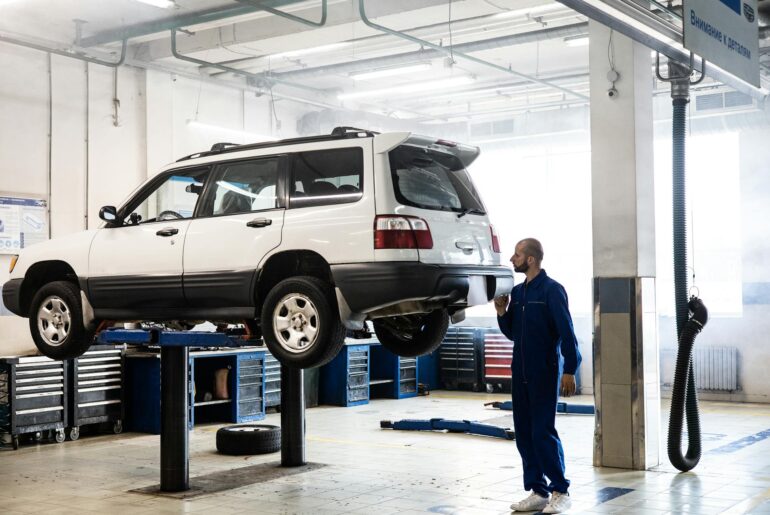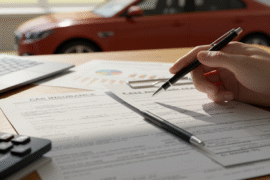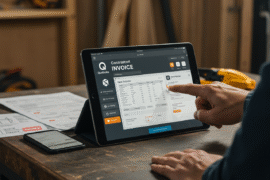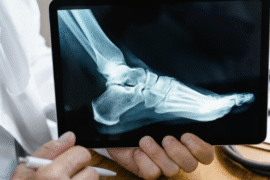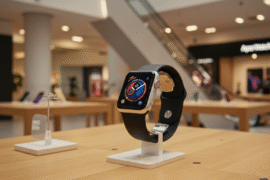This article may contain references to products or services from one or more of our advertisers or partners. We may receive compensation when you click on links to those products or services. Nonetheless, our opinions are our own.
The information presented in this article is accurate to the best of our knowledge at the time of publication. However, information is subject to change, and no guarantees are made about the continued accuracy or completeness of this content after its publication date.
Preventive Car Maintenance Tips are essential for protecting your vehicle, enhancing safety, and avoiding costly repairs. Every car owner faces mechanical wear and tear, and small issues left unchecked can quickly turn into expensive problems. By following a structured routine of preventive maintenance, drivers can ensure reliability, maximize efficiency, and maintain the long-term value of their car.
Imagine driving without worrying about sudden engine issues, tire blowouts, or battery failure. These 13 preventive car maintenance tips provide a roadmap for proactive care, helping owners identify small problems before they escalate and ensuring every journey is safe and stress-free.
- 1. Regular Oil Changes for Engine Health
- 2. Tire Pressure Checks for Safety and Efficiency
- 3. Brake Inspections for Safety
- 4. Battery Care for Reliable Starts
- 5. Coolant System Checks
- 6. Transmission Fluid Maintenance
- 7. Air Filter Replacement
- 8. Spark Plug Inspection
- 9. Tire Alignment and Suspension Checks
- 10. Light and Signal Maintenance
- 11. Windshield Wiper Replacement
- 12. Fluid Level Monitoring
- 13. Keeping a Maintenance Log
- Frequently Asked Questions
- Conclusion
- Recommended Reads
1. Regular Oil Changes for Engine Health
Engine oil is crucial for lubricating components and preventing friction and overheating. Regular oil changes are among the most fundamental preventive car maintenance tips.
Key practices:
- Use manufacturer-recommended oil type and grade.
- Change oil every 5,000–7,500 miles or as suggested.
- Check oil levels monthly; dark or low oil signals a change is needed.
2. Tire Pressure Checks for Safety and Efficiency
Properly inflated tires improve handling, fuel economy, and safety. Monitoring tires is a critical preventive car maintenance tip.
- Check pressure monthly and before long trips.
- Rotate tires every 6,000–8,000 miles.
- Inspect tread depth using the penny test and replace worn tires.
Tire Maintenance vs. Neglect
| Preventive Car Maintenance Tip | Benefits | Risks if Ignored |
|---|---|---|
| Regular pressure checks | Better fuel economy, safer handling | Blowouts, uneven wear, poor gas mileage |
| Tire rotation | Even tread wear | Premature tire replacement |
| Tread inspection | Maintains grip | Reduced traction, accident risk |
3. Brake Inspections for Safety
Brakes are a vehicle’s primary safety system. Regular inspection is a top preventive car maintenance tip.
- Listen for grinding or squealing noises.
- Monitor pedal response and stopping distance.
- Check brake fluid and rotors.
Brake Maintenance vs. Neglect
| Task | Benefit | Risk |
|---|---|---|
| Annual inspection | Detect wear early | Brake failure, costly rotor replacement |
| Fluid check | Maintain hydraulic performance | Soft pedal, longer stopping distance |
| Pad replacement | Consistent braking | Grinding noise, accident risk |
4. Battery Care for Reliable Starts
Battery failure can leave drivers stranded. Battery maintenance is a vital preventive car maintenance tip.
- Clean terminals and remove corrosion.
- Replace every 3–5 years.
- Avoid short trips preventing full charge cycles.
5. Coolant System Checks
Monitoring coolant levels is an important preventive car maintenance tip.
- Check coolant levels monthly.
- Look for leaks or discoloration.
- Flush the system every 2–3 years.
6. Transmission Fluid Maintenance
Transmission fluid ensures smooth gear operation. Regular inspection is a key preventive car maintenance tip.
- Check fluid level and color monthly.
- Replace every 30,000–60,000 miles as recommended.
- Address unusual shifts or noises promptly.
Voted "Best Overall Budgeting App" by Forbes and WSJ
Monarch Money helps you budget, track spending, set goals, and plan your financial future—all in one app.
Get 50% OFF your first year with code MONARCHVIP
7. Air Filter Replacement
Clean air filters optimize engine performance and fuel efficiency.
- Replace every 12,000–15,000 miles.
- Inspect more frequently in dusty conditions.
8. Spark Plug Inspection
Spark plugs are essential for ignition and performance.
- Replace every 30,000–100,000 miles.
- Inspect for deposits or wear.
9. Tire Alignment and Suspension Checks
Proper alignment and suspension improve tire life and handling.
- Check alignment annually or after hitting potholes.
- Inspect suspension components for wear.
10. Light and Signal Maintenance
Functional lights are essential for safety.
- Check all lights monthly.
- Replace burned-out bulbs promptly.
11. Windshield Wiper Replacement
Clear visibility ensures safe driving.
- Replace wipers every 6–12 months.
- Check for streaking or hardening.
12. Fluid Level Monitoring
Regular fluid checks prevent component wear.
- Check engine oil, coolant, brake, power steering, and transmission fluid monthly.
- Refill or investigate leaks as needed.
13. Keeping a Maintenance Log
Tracking service ensures consistency in preventive care.
- Record mileage and service dates.
- Use journals or apps for reminders.
Recommended Preventive Maintenance Timeline
| Task | Suggested Interval | SEO Keyword Integration |
|---|---|---|
| Oil Change | Every 5,000–7,500 miles | Preventive car maintenance tips |
| Tire Rotation | Every 6,000–8,000 miles | Tire preventive maintenance |
| Brake Inspection | Annually | Brake preventive maintenance tips |
| Battery Inspection | Twice per year | Battery preventive maintenance |
| Coolant Check | Monthly | Cooling system preventive tips |
| Transmission Fluid | 30,000–60,000 miles | Transmission preventive maintenance |
| Air Filter | 12,000–15,000 miles | Air filter maintenance tips |
| Spark Plugs | 30,000–100,000 miles | Spark plug maintenance tips |
| Alignment | Annually | Tire and alignment preventive maintenance |
| Lights | Monthly | Lighting maintenance tips |
| Wipers | Every 6–12 months | Wiper maintenance tips |
| Fluids | Monthly | Engine fluid preventive tips |
| Maintenance Log | Ongoing | Preventive car maintenance tips |
Frequently Asked Questions
Q1: How often should I check my car fluids?
Check engine oil, coolant, brake fluid, power steering, and transmission fluid monthly. Top off as needed and investigate leaks promptly.
Q2: When should I replace my car battery?
Car batteries should be replaced every 3–5 years or sooner if the vehicle struggles to start.
Q3: How can I tell when brakes need servicing?
Listen for squealing or grinding sounds, check for soft pedal response, and monitor stopping distance. Any warning signs require immediate inspection.
Q4: How often should tires be rotated?
Rotate tires every 6,000–8,000 miles to ensure even wear and extend tire life.
Q5: When should I replace windshield wipers?
Replace wipers every 6–12 months or when streaking and noise occur.
Q6: Why is maintaining a service log important?
A log ensures consistent preventive maintenance, prevents missed tasks, and helps predict future service needs.
Conclusion
Following these 13 Preventive Car Maintenance Tips protects your vehicle, enhances safety, and reduces long-term repair costs. By addressing small issues early and maintaining a consistent schedule, car owners can extend the lifespan of their vehicle, improve fuel efficiency, and enjoy a smoother driving experience. Preventive maintenance is not just a safety measure—it’s a practical investment in reliability and peace of mind on every journey.

Reviewed and edited by Albert Fang.
See a typo or want to suggest an edit/revision to the content? Use the contact us form to provide feedback.
At FangWallet, we value editorial integrity and open collaboration in curating quality content for readers to enjoy. Much appreciated for the assist.
Did you like our article and find it insightful? We encourage sharing the article link with family and friends to benefit as well - better yet, sharing on social media. Thank you for the support! 🍉
Article Title: 13 Car Maintenance Tips That Can Prevent Major Repair Costs
https://fangwallet.com/2025/10/01/13-car-maintenance-tips-that-can-prevent-major-repair-costs/The FangWallet Promise
FangWallet is an editorially independent resource - founded on breaking down challenging financial concepts for anyone to understand since 2014. While we adhere to editorial integrity, note that this post may contain references to products from our partners.
The FangWallet promise is always to have your best interest in mind and be transparent and honest about the financial picture.
Become an Insider
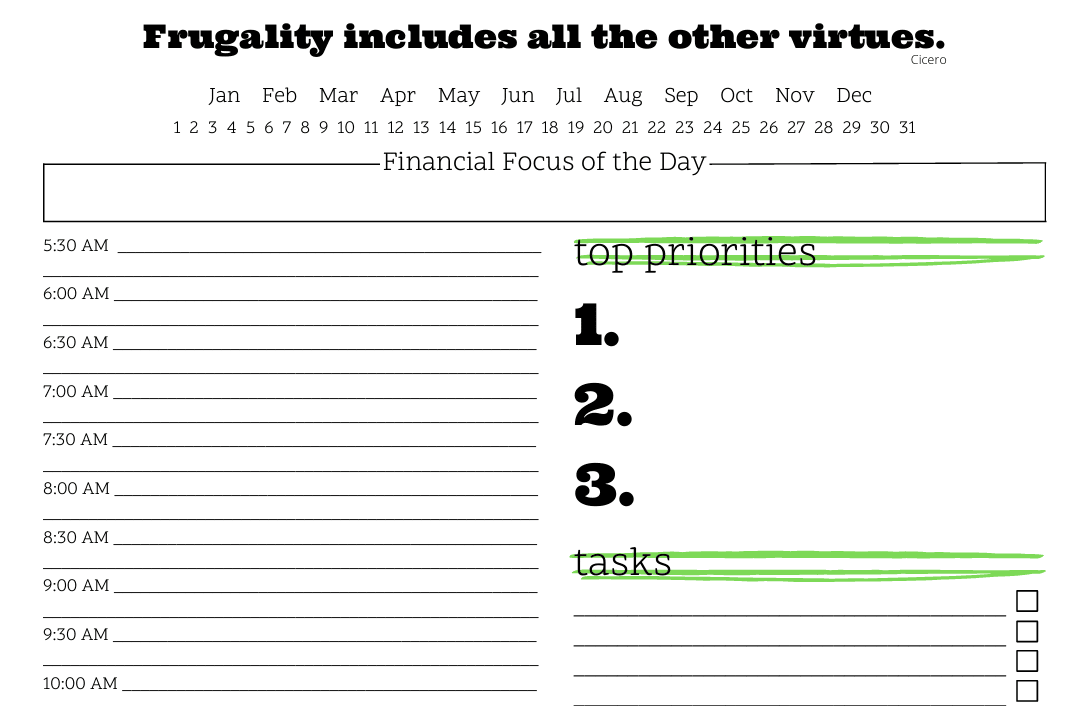
Subscribe to get a free daily budget planner printable to help get your money on track!
Make passive money the right way. No spam.
Editorial Disclaimer: The editorial content on this page is not provided by any of the companies mentioned. The opinions expressed here are the author's alone.
The content of this website is for informational purposes only and does not represent investment advice, or an offer or solicitation to buy or sell any security, investment, or product. Investors are encouraged to do their own due diligence, and, if necessary, consult professional advising before making any investment decisions. Investing involves a high degree of risk, and financial losses may occur including the potential loss of principal.
Source Citation References:
+ Inspo
There are no additional citations or references to note for this article at this time.
